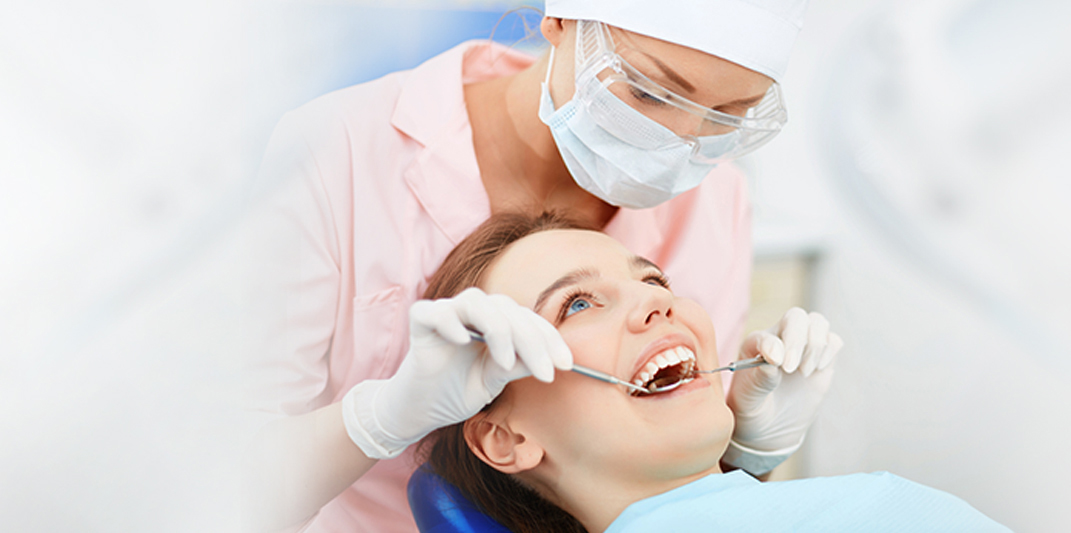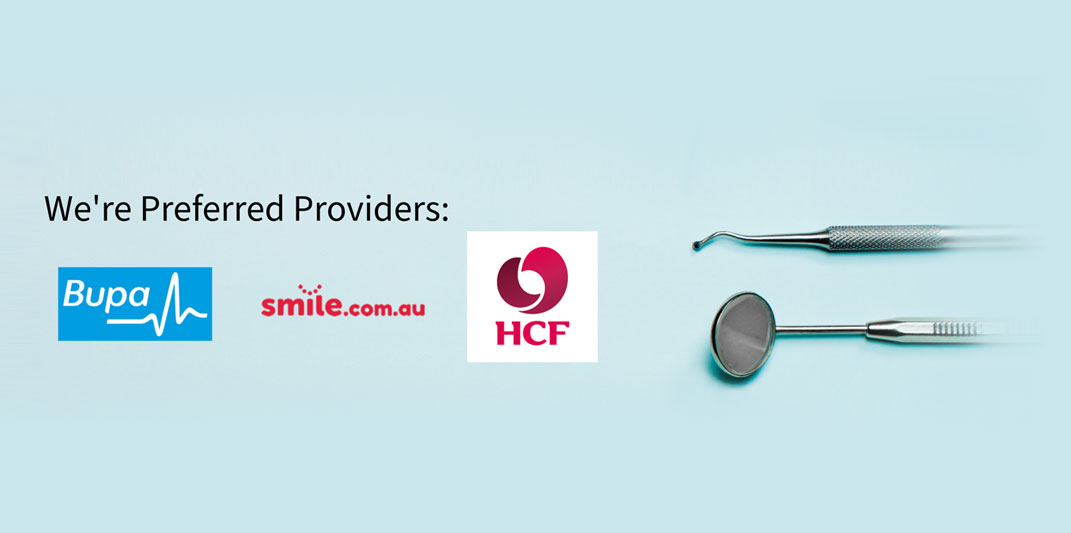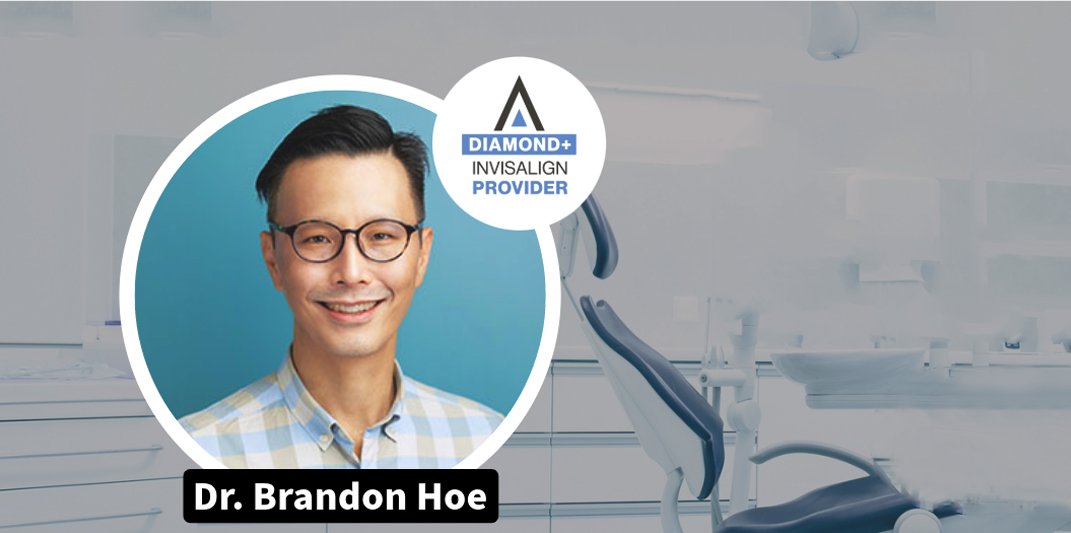Braces for Adults
Why are Braces used for Adults?
Orthodontic braces are generally prescribed during childhood between 9-14 years of age to change the position of the teeth. However, many adults also have problems such as crowded teeth, misalignment and crooked teeth. These issues can affect not only your confidence and your smile but can also lead to various dental concerns such as tooth decay and gum disease. Orthodontic braces can successfully correct these issues in adults with excellent results.
What is the mechanism of action of Braces for Adults?
Orthodontic braces function by placing pressure on the teeth to change their position. Constant one-sided pressure on the faulty teeth push the root of the teeth against the bone underlying it. This pressure eventually dissolves the underlying bone and allows the tooth to shift in the desired direction. The empty space left behind in the bone eventually is filled by new bone growth over time preventing the teeth from shifting back to their previous position.
What are the different types of Braces for Adults?
Orthodontic braces for adults are available in a variety of sizes and shapes. They may be fixed or removable and made up of metal, ceramic, or plastic. The different types of braces for adults include:
- Traditional braces: These are strong metallic or tooth coloured ceramic braces with individual brackets cemented onto each tooth. These brackets are connected with an arch wire which exerts constant gentle pressure onto the teeth.
- Invisalign®: These are clear, tray-shaped aligners which are placed for a certain amount of time daily. They are nearly invisible and can be removed whenever necessary. These are more comfortable than the traditional braces.
- Lingual braces: These braces are fixed on the back of the teeth towards the tongue side, hence they are invisible from the front.
What are the benefits of Braces for Adults?
The benefits of braces for adults include:
- Correction of crooked or misaligned teeth
- Reduced risk of tooth decay or gum disease
- Improved aesthetics
- Increased self-confidence
Your dentist may recommend treating any pre-existing dental conditions such as gum disease, tooth decay or plaque before you undergo orthodontic treatment to prevent worsening of the existing dental problem.









